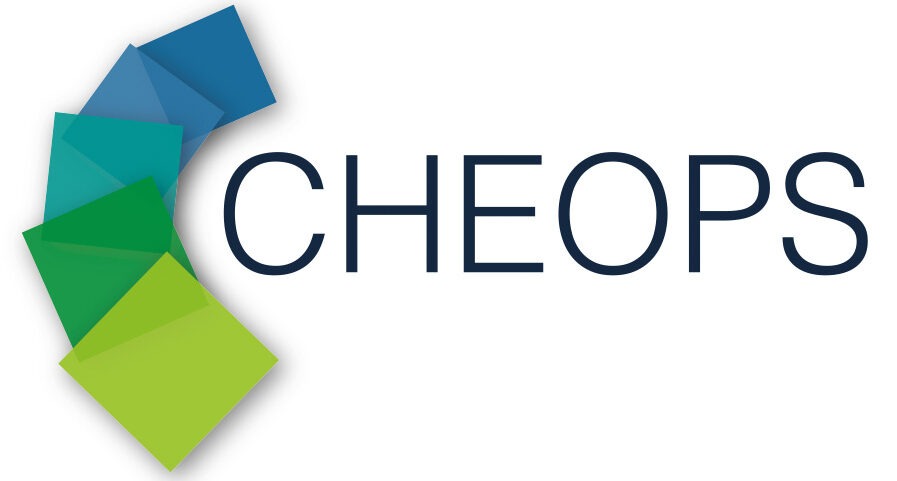
Key Facts
- Final assessment of the environmental impacts of CHEOPS technologies per kWh produced.
- The major environmental impacts per m2 of the produced perovskite single junctions were identified as gold, power consumption and cleaning chemicals.
- The major environmental impacts per m2 of the produced perovskite – monocrystalline silicon tandem cells of OXPV are the mono-Si cell, power consumption, and silver.
- The non-renewable energy return on the energy invested in the photovoltaic system based on tandem cells (so-called non-RE ERoEI) showed ~22 times the energy needed to produce the photovoltaic system
- The equivalent of non-RE ERoEI for single junction silicon photovoltaic cells was ~19 times the energy needed to produce the photovoltaic system.
Abstract
The Carbon footprint of the PV system with OXPV tandem cells is calculated to be lower than the corresponding mono-Si cells, and significantly lower than electricity from coal or gas. Mineral, fossil and renewable resource depletion was found to be the most important impact after normalization and weighting with equal weight per impact. The use of silver and indium could deplete these scarce resources. The non-renewable Energy Return on Energy Invested of the PV system with OXPV tandem cells is ~22, i.e. 22 times the energy needed to produce the PV system is returned as kWh produced to the grid. The equivalent non-RE ERoEI for mono-Si PV is ~19.
To produce the perovskite single junction cells of CHOSE the major contributors to the environmental impacts and resource depletion (hot spots) are gold, power consumption and cleaning chemicals. The main hot spots to produce the perovskite single junction cells of Fraunhofer IAP is power consumption. The hot spots to produce the perovskite – monocrystalline silicon tandem cells of OXPV are the mono-Si cell, power consumption, and silver. These findings mean that, even when assuming about 1% of the lead used is emitted, other factors contribute more to the environmental impacts, such as power consumption and silver paste.
Impact
Reducing greenhouse gas emissions, when implemented and achieving the assumed lifetime.
Involvement
The work to conduct a life-cycle analysis of CHEOPS’ technologies was conducted by
SmartGreenScans, Università degli Studi di Roma ‘Tor Vergata’ ,
Fraunhofer Institute for Applied Polymer Research, INERIS and Oxford PV Ltd.S
Scientific Input
More details on the result are found in the deliverable report D3.2 Life Cycle Analysis of CHEOPS technologies and benchmarking: Final assessment, available for download under reports.
6 March 2018: IEA PVPS Task 12 meeting: Results of the CHEOPS project: LCA of perovskite PV and new industrial data crystalline silicon PV de Wild-Scholten M. | download presentation
21 February 2018: SEPV 2018 Presentation on Life Cycle Assessment of Commercial and Perovskite PV Technologies.de Wild-Scholten, M. | download presentation
Read More
The life-cycle analysis formed the basis for the socioeconomic assessment conducted in the larger framework of the technological viability study. Read more about the socioeconomic analysis here.

1 thought on “Life Cycle Analysis of CHEOPS technologies”
Comments are closed.